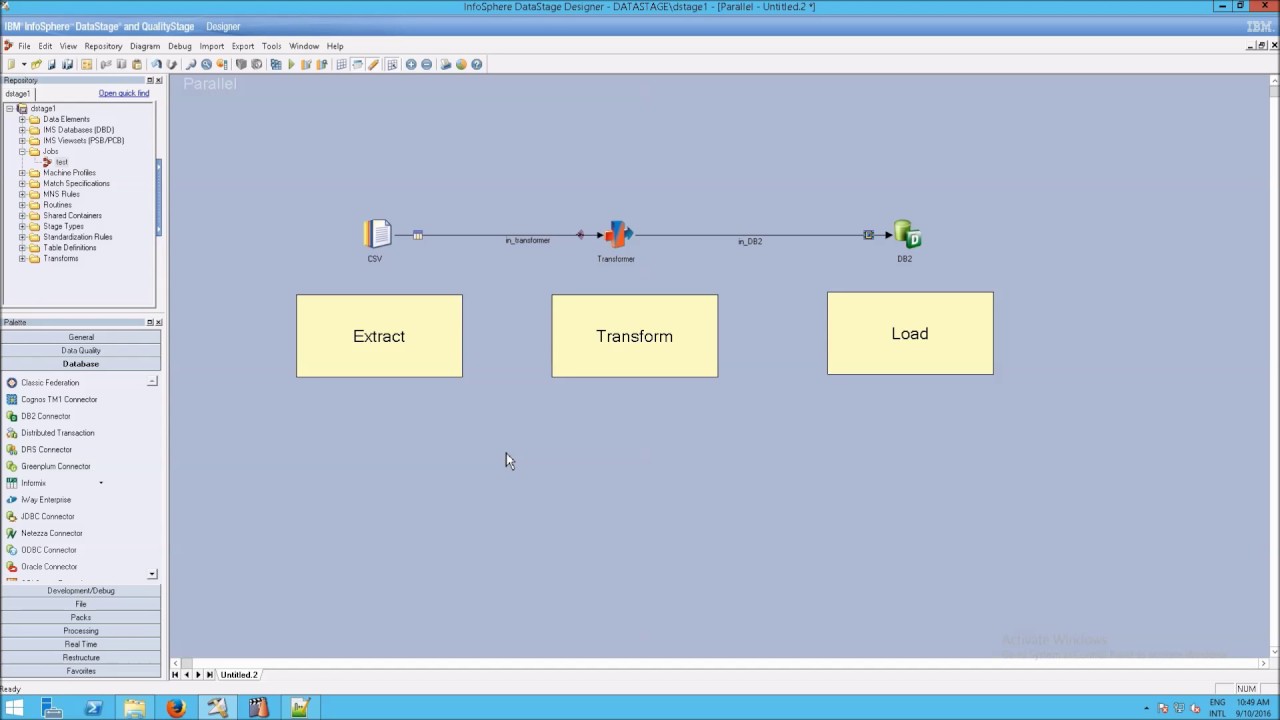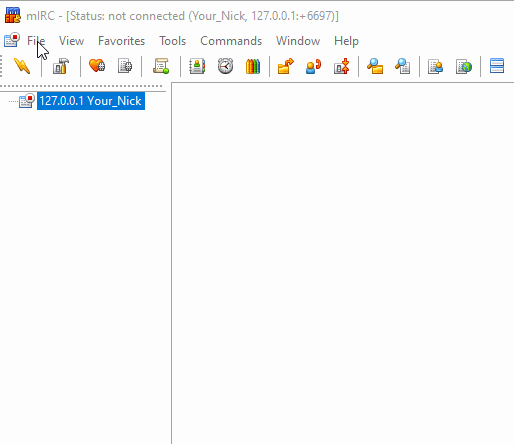
The Tissue Bank stores biologic specimens. The University of Pittsburgh has implemented a novel, IRB-approved mechanism to address honest broker functions to meet the specimen and data needs of researchers.
Where does mirc upp store acros information software#
There also is an obvious need for software solutions to make the task of deidentification easier. This complex process needs resolution of a variety of issues regarding the precise role of the HB and their interaction with data. Certain databases are structured to serve a clinical and research function and incorporate 'real-time' updating of information. Very rarely, the institutional review board (IRB) may allow recontact and develop a recontact plan with the honest broker.

These data are for research use only, and there are rules in place that prohibit reidentification. The honest broker provides data derived from clinical and research sources. Research material may have linkage codes, precluding the identification of patients to researchers. Clinical information is stripped of Health Insurance Portability and Accountability Act-denoted personal health identifiers. The honest broker provides a firewall between clinical and research activities. Honest broker services are essential for tissue- and data-based research. In addition, they provide a tangible infrastructure and resource for exposing research resources and biospecimen services in collaboration with the clinical anatomic pathology laboratory information system (APLIS) and the cancer registry information systems. These systems, developed and supported by our institute, serve to form a common platform for cancer research to accelerate progress in clinical and translational research. These biorepositories provide thousands of well annotated biospecimens for the researchers that are searchable through query interfaces available via the Internet. The model-based architecture is represented by the National Mesothelioma Virtual Bank (). The organ-specific biorepositories implemented by DBMI include the Cooperative Prostate Cancer Tissue Resource (), Pennsylvania Cancer Alliance Bioinformatics Consortium (), EDRN Colorectal and Pancreatic Neoplasm Database () and Specialized Programs of Research Excellence (SPORE) Head and Neck Neoplasm Database (). The organ-specific models are developed utilizing Oracle 9.2.0.1 server tools and software applications and the model-driven architecture is implemented in a J2EE framework. Based upon these requirements, DBMI, with its collaborators, has developed both Oracle-based organ-specific data marts and a more generic, model-driven architecture for biorepositories. In this review, we describe the technical approach and capabilities of these models.Ĭlinical annotation of biospecimens requires data retrieval from various clinical information systems and the de-identification of the data by an honest broker. Over the last decade, the Department of Biomedical Informatics (DBMI) at the University of Pittsburgh has developed various tissue banking informatics tools to expedite translational medicine research.

Tissue banking informatics deals with standardized annotation, collection and storage of biospecimens that can further be shared by researchers.

The result has been much more extensive and accurate initial tissue annotation with less effort in the tissue bank, as well as dynamic ongoing annotation as the cancer registry follows patients over time. The project required modification of clinical systems, development of methods to identify patients between and map data elements across systems and the creation of de-identified data in data marts for use by researchers. In this context, we have implemented automated annotation of banked tissue by integrating data from three clinical systems-the cancer registry, the pathology LIS and the tissue bank inventory system-through a classical data warehouse environment. However, the difficulty and expense of detailed specimen annotation is well beyond the capability of most banks and has made access to well documented tissue a major limitation in medical re-search. With careful clinical, pathologic and outcomes annotation, samples can be better matched to the research question at hand and experimental results better understood and verified.

Modern, molecular bio-medicine is driving a growing demand for extensively annotated tissue bank specimens.


 0 kommentar(er)
0 kommentar(er)
